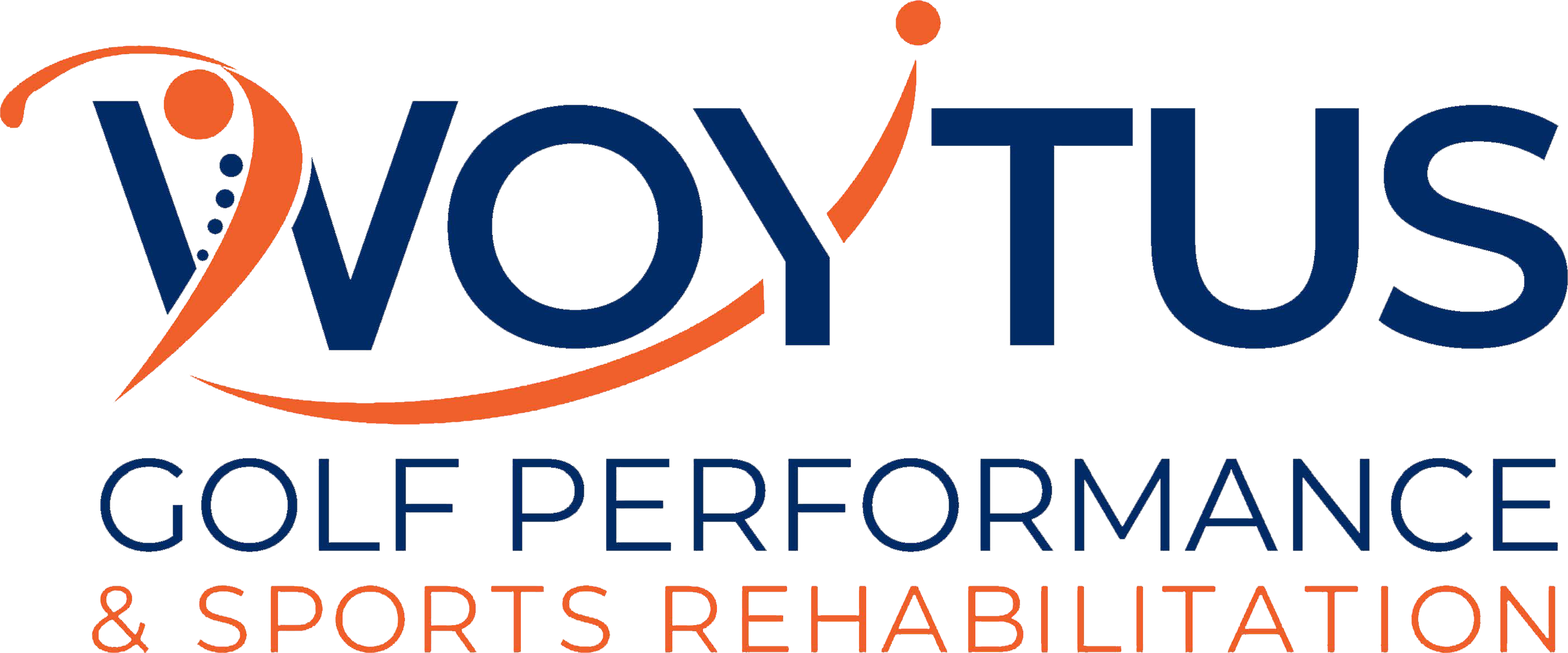Physical Therapy
Pain Management
Is pain impacting your quality of life? Are you wanting to get back on the road to recovery? Physical therapy may be the right choice for you. A proper physical therapy examination will help to identify the root cause of the problem, while also providing the specific treatment interventions required to promote improved function and decrease pain. Once the causative factors are identified, specific manual techniques will be applied to decrease tissue adhesions impacting motion, thus decreasing pain and improving function capabilities. Specific exercise training and education will be provided to help improve independence with self managing of the condition, thus assisting with long term pain relief and prevention of future injuries.
Controlling Dizziness
Feeling dizzy or unsteady? Both conditions could be related to a dysfunction of the vestibular system (inner ear). The vestibular system is a sensory system that creates the sense of balance and spatial orientation for the purpose of coordinating movement with balance. Deterioration of the vestibular organ is common with age or after acute trauma, resulting in sensations consistent with vertigo. With proper analysis, the cause of one's dizziness and balance deficits can be identified allowing for a treatment program to be generated to help reduce or eliminate the symptoms completely.
Rehabilitation Examination
Session will include comprehensive physical examination aimed to diagnose and identify obstructions, restrictions, or altered movement patterns that contribute to pain. Once impairments are identified, precise manual techniques aimed at restoring motion and reducing restrictions will be provided as necessary. Session will be finished with education provided on exercises required to promote long term pain relief by correcting muscle imbalances. Sessions are performed within the comfort of your own home or the designated location of the client.
Interventions
Myofascial release therapy:
Non-invasive manual technique focused on reducing tone & tightness of overactive muscle fibers that can develop as a result of excessive overload or repetitive stress. Muscle tightness may lead to muscular weakness, numbness, aching, tingling and burning sensations located around or away from the expected area. Performed correctly, muscle releases can be used to reduce pain and restore motion that may have been lost.
Myofascial cupping:
Myofascial cupping helps to separate tissues beneath the skin underneath the cup to help promote blood flow circulation throughout affected tissue. Increased blood flow within the injured area creates a positive immune response in turn helping the healing process. Multiple techniques can be used with the cups to promote rehabilitation or to assist with injury prevention.
Trigger-point dry needling:
Invasive procedure where a thin sterilized needle is inserted into over-active muscle tissue otherwise known as a trigger point. Trigger points are sensitive taut bands of muscle tissue that alter movement patterns and contribute to pain. Correct administration of the needle during the procedure will create a localized twitch response reducing trigger point size and tension. Dry needling helps to create a positive immune response secondary to having increased blood flow rush into the impacted area.
Kinesiotaping:
Taping is used to provide tactile feedback to your nervous system to help correct postural dysfunctions. Applying the tape correctly can promote stimulation or relaxation of underactive or overactive muscles, respectively.
Instrument Assisted Soft Tissue Mobilization (IASTM):
Intervention creates a controlled inflammatory response with the use of a stainless steel tool. This helps to break down scar tissue, fibrotic tissue, or reduce the tone in overactive tissue that may be impacting motion and contributing to the sensation of pain. Reducing restrictions via this technique helps to promote ease of movement and reduce pain.
Spinal Manipulation:
Application of a force to the spinal joints that is used to improve motion of a restricted joint. Restricted spinal joints alter movement patterns and contribute to increased stress at joints above/below the impacted spinal joint.
Epley Maneuver:
Helping to correct vertigo conditions associated with benign paroxysmal positional vertigo (BPPV). Technique is performed to relocate otoconia crystals within the inner ear canals to reduce sensations of dizziness and loss of balance.
